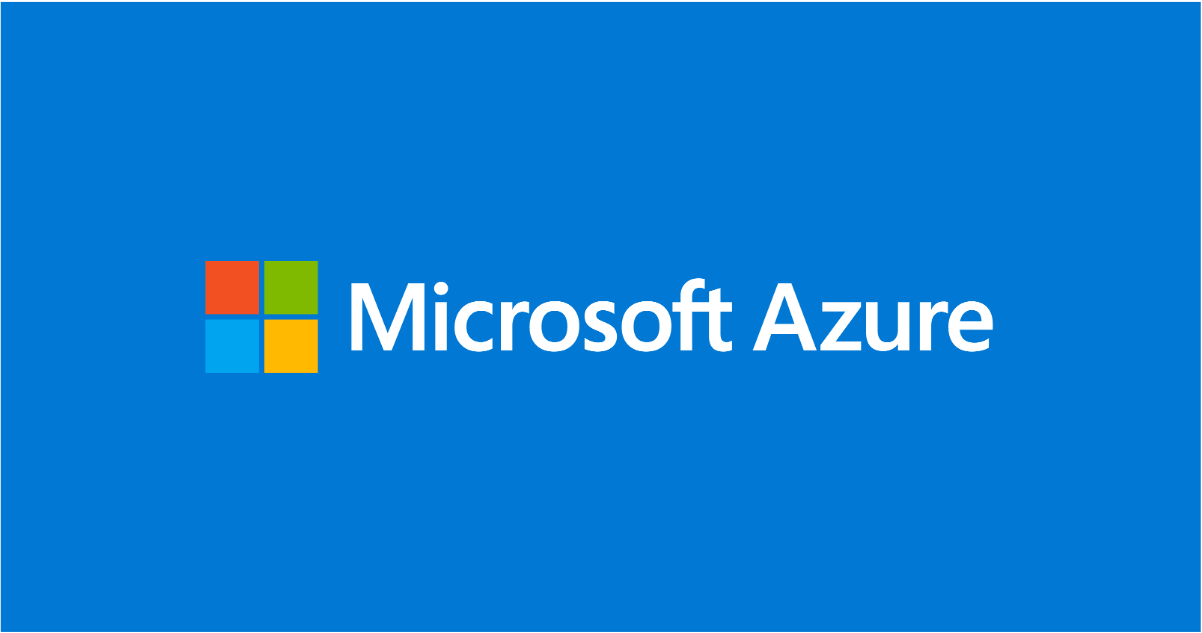How to copy all Azure Storage Queue data between two different Storage Accounts with Python

Background
This article describes how to copy all Azure Storage Queues data between two different storage accounts.
For this, we will use Azure Storage SDK for Python to copy all queues (and the respective data) from one Azure Storage Queue to another Azure Storage Queue. This approach will keep the data in the source queues, and will create new queues with the respective data in the destination Azure Storage Queue.
This script was developed and tested using the following versions but it is expected to work with previous versions:
- Python 3.11.7
- azure-identity (version: 1.15.0)
- azure-storage-queue (version: 12.9.0)
Approach
In this section, you can find a sample code to copy all queues data between two Storage Accounts using the Azure Storage SDK for Python.
This Python sample code is based on Azure Storage SDK for Python. Please review our documentation here Quickstart: Azure Queue Storage client library for Python.
-
- azure-identity (more information here azure-identity · PyPI). To install, please run:
pip install azure-identity - azure-storage-queue (more information here azure-storage-queue · PyPI). To install, please run:
pip install azure-storage-queue
- azure-identity (more information here azure-identity · PyPI). To install, please run:
Please see below the sample code to copy all the queues data between two Azure Storage Accounts using the storage connection string.
Special note: Only queues that do not exist with the same name in the destination Storage Account will be copied.
After executing this sample code, it is expected that you will find all the queues from the source Storage Account in the destination Storage Account, as well as the data/messages from those queues.
Disclaimer:
- These steps are provided for the purpose of illustration only.
- These steps and any related information are provided "as is" without warranty of any kind, either expressed or implied, including but not limited to the implied warranties of merchantability and/or fitness for a particular purpose.
- We grant You a nonexclusive, royalty-free right to use and modify the Steps and to reproduce and distribute the steps, provided that. You agree:
- to not use Our name, logo, or trademarks to market Your software product in which the steps are embedded;
- to include a valid copyright notice on Your software product in which the steps are embedded; and
- to indemnify, hold harmless, and defend Us and Our suppliers from and against any claims or lawsuits, including attorneys’ fees, that arise or result from the use or distribution of steps.
Published on:
Learn moreRelated posts
Automating Business PDFs Using Azure Document Intelligence and Power Automate
In today’s data-driven enterprises, critical business information often arrives in the form of PDFs—bank statements, invoices, policy document...
Azure Developer CLI (azd) Dec 2025 – Extensions Enhancements, Foundry Rebranding, and Azure Pipelines Improvements
This post announces the December release of the Azure Developer CLI (`azd`). The post Azure Developer CLI (azd) Dec 2025 – Extensions En...
Unlock the power of distributed graph databases with JanusGraph and Azure Apache Cassandra
Connecting the Dots: How Graph Databases Drive Innovation In today’s data-rich world, organizations face challenges that go beyond simple tabl...
Azure Boards integration with GitHub Copilot
A few months ago we introduced the Azure Boards integration with GitHub Copilot in private preview. The goal was simple: allow teams to take a...
Microsoft Dataverse – Monitor batch workloads with Azure Monitor Application Insights
We are announcing the ability to monitor batch workload telemetry in Azure Monitor Application Insights for finance and operations apps in Mic...
Copilot Studio: Connect An Azure SQL Database As Knowledge
Copilot Studio can connect to an Azure SQL database and use its structured data as ... The post Copilot Studio: Connect An Azure SQL Database ...
Retirement of Global Personal Access Tokens in Azure DevOps
In the new year, we’ll be retiring the Global Personal Access Token (PAT) type in Azure DevOps. Global PATs allow users to authenticate across...
Azure Cosmos DB vNext Emulator: Query and Observability Enhancements
The Azure Cosmos DB Linux-based vNext emulator (preview) is a local version of the Azure Cosmos DB service that runs as a Docker container on ...